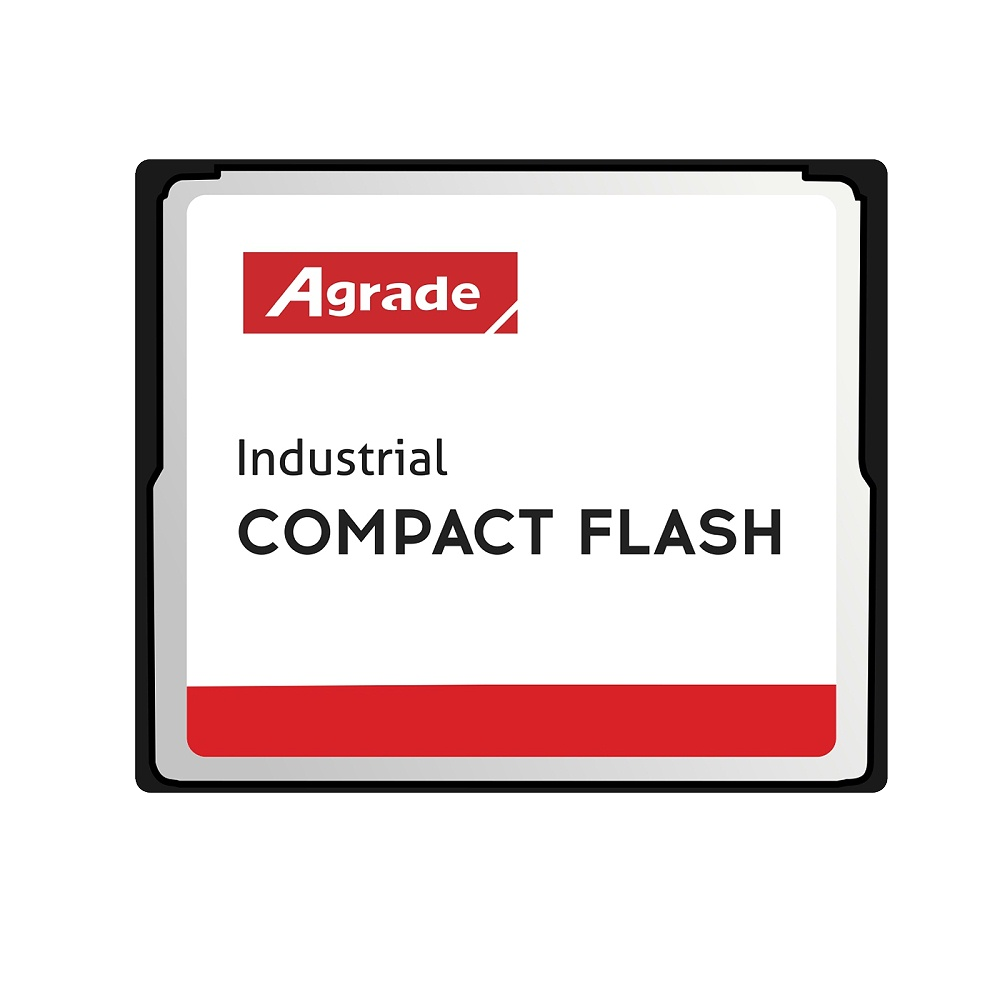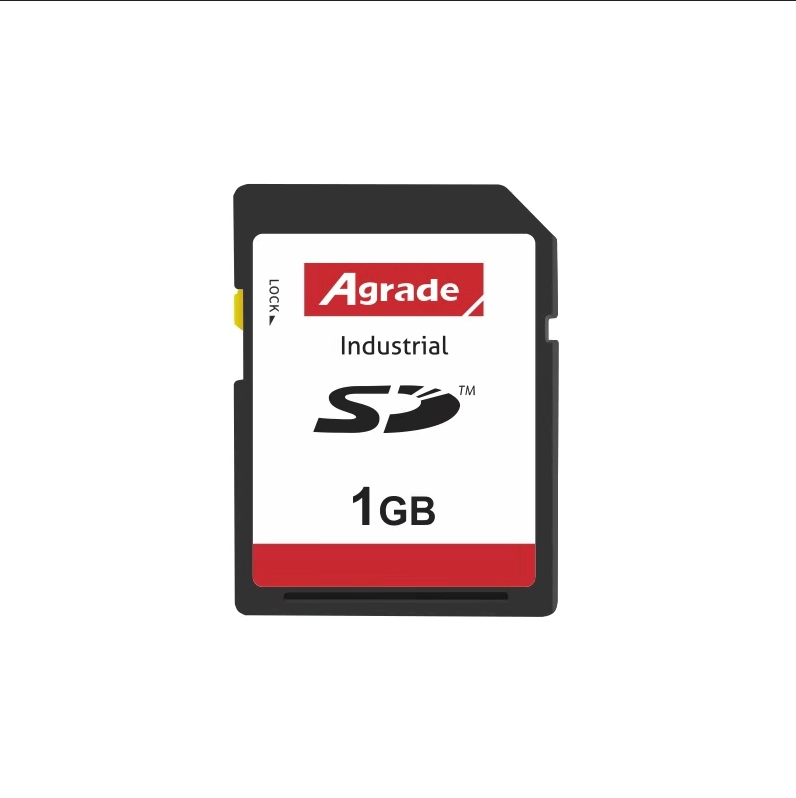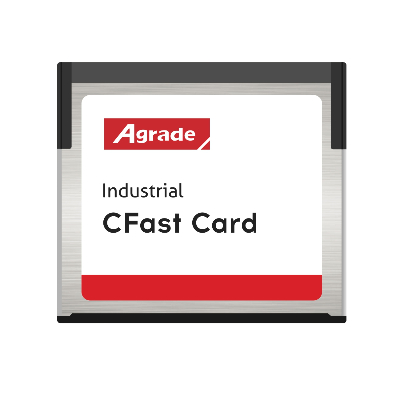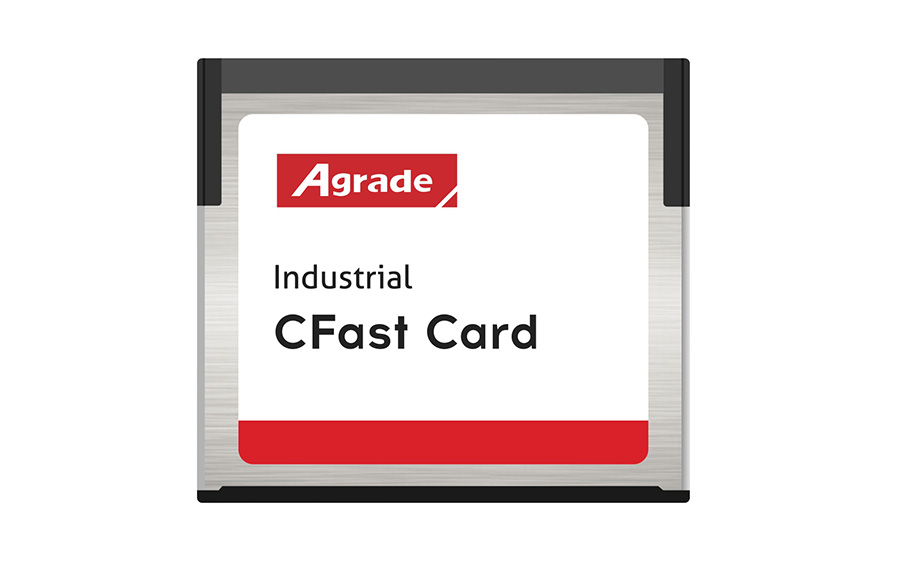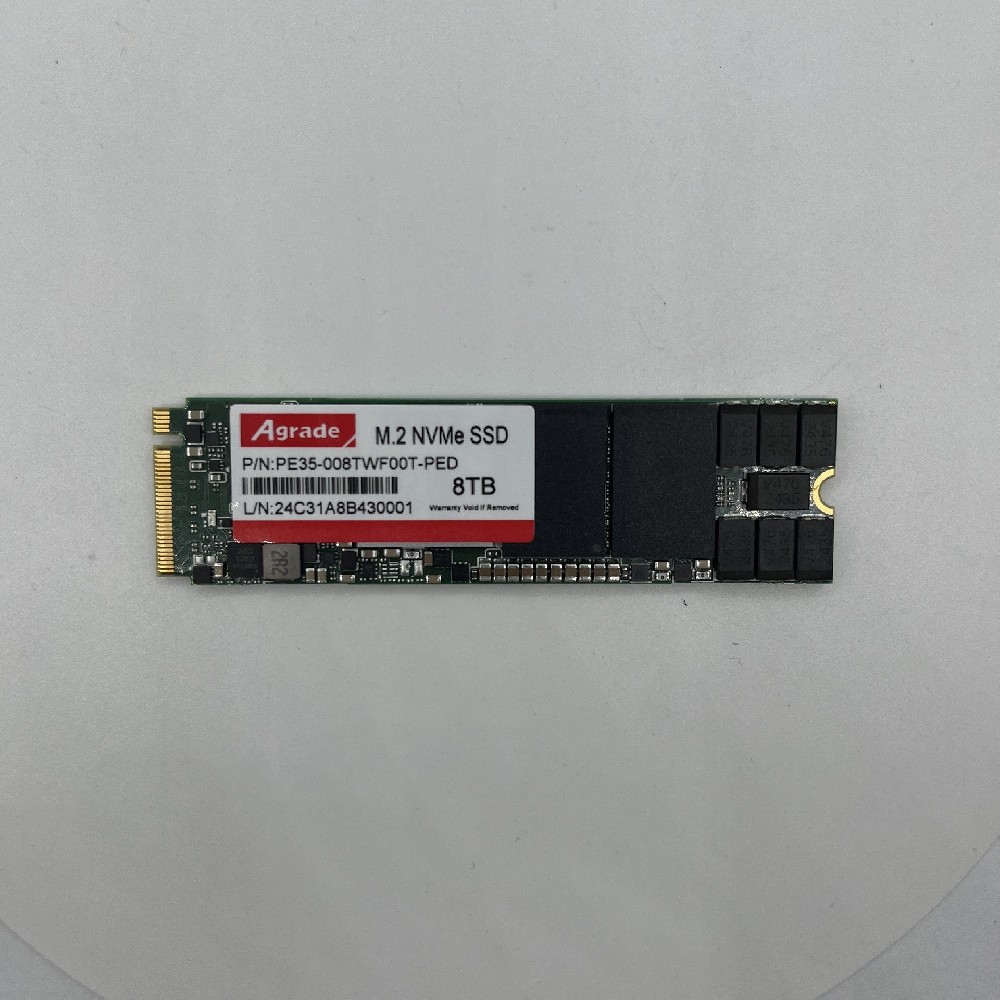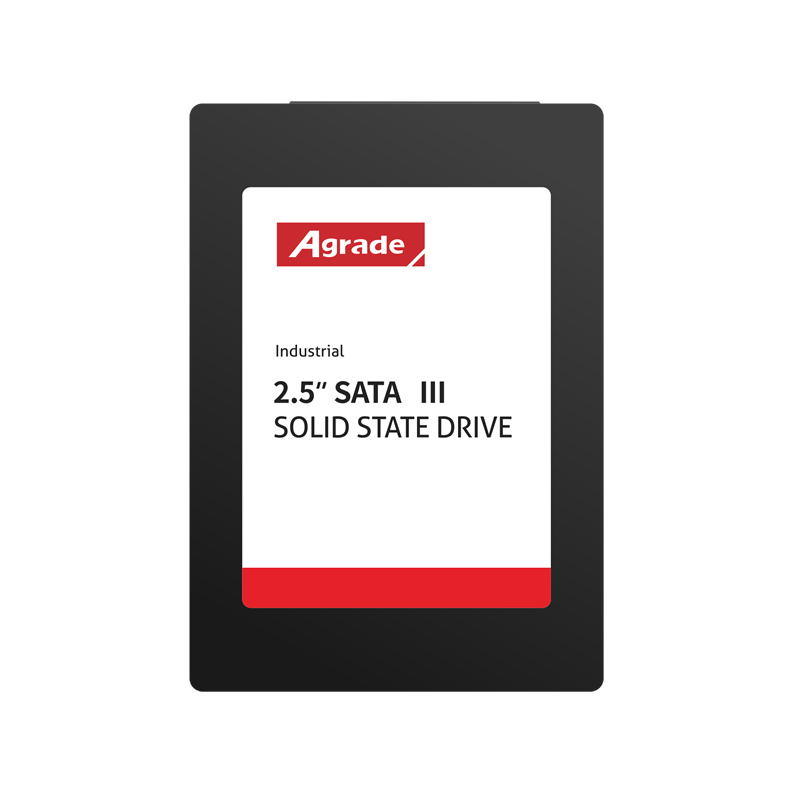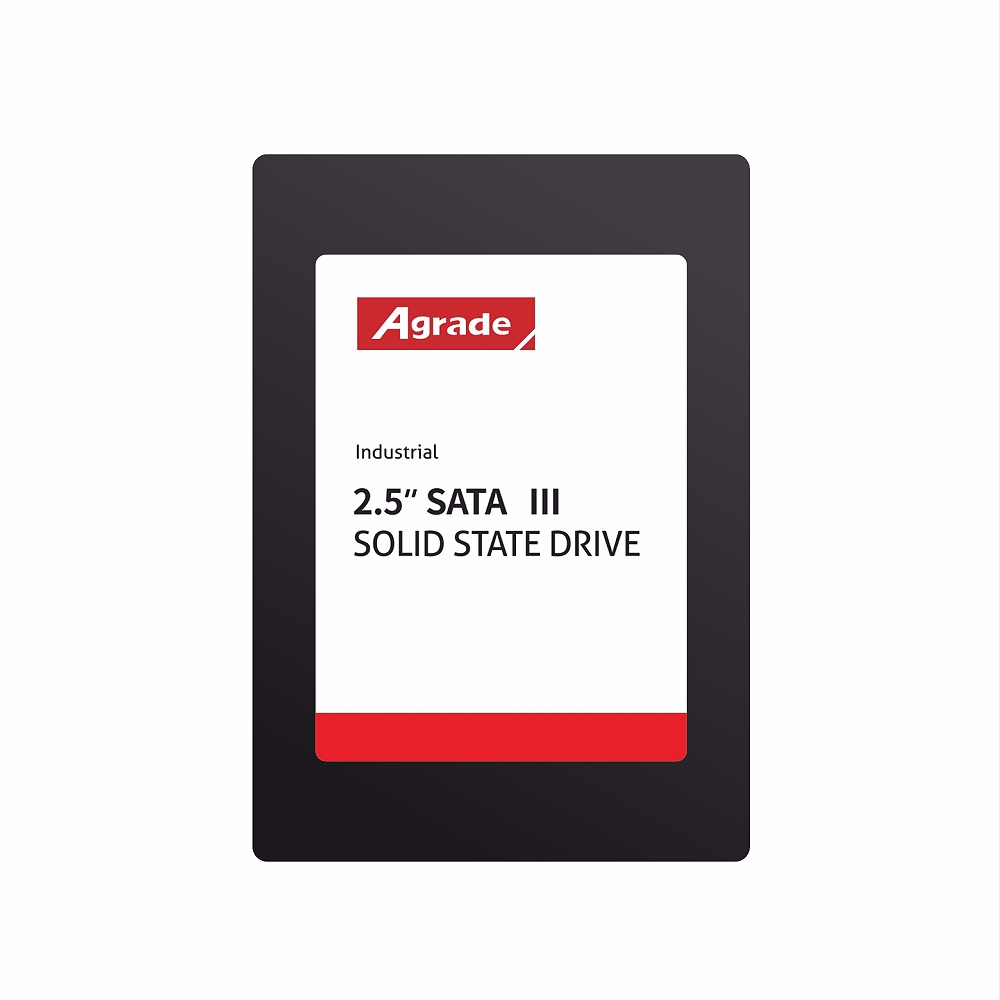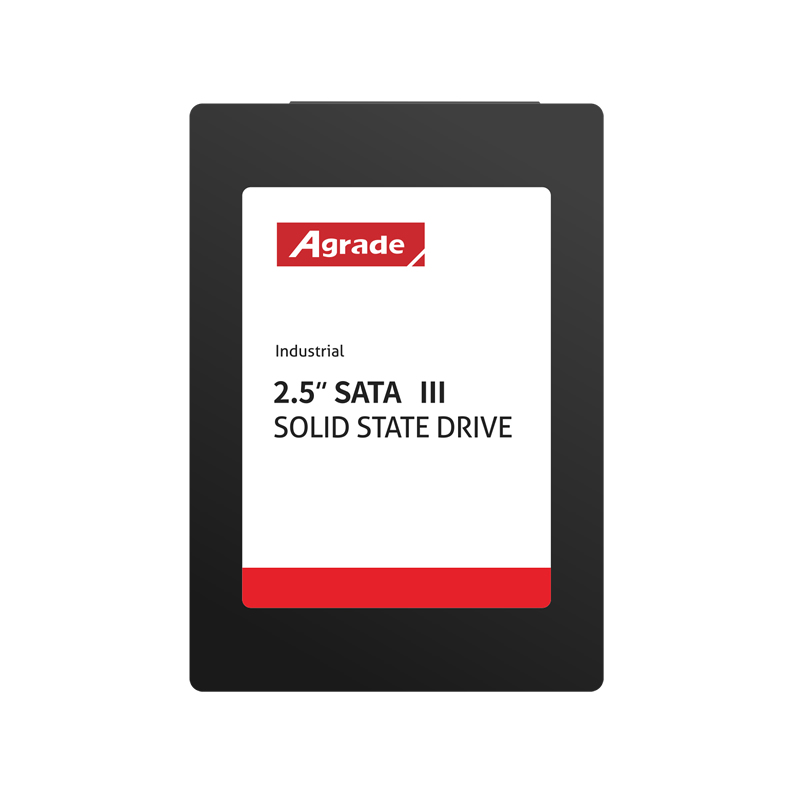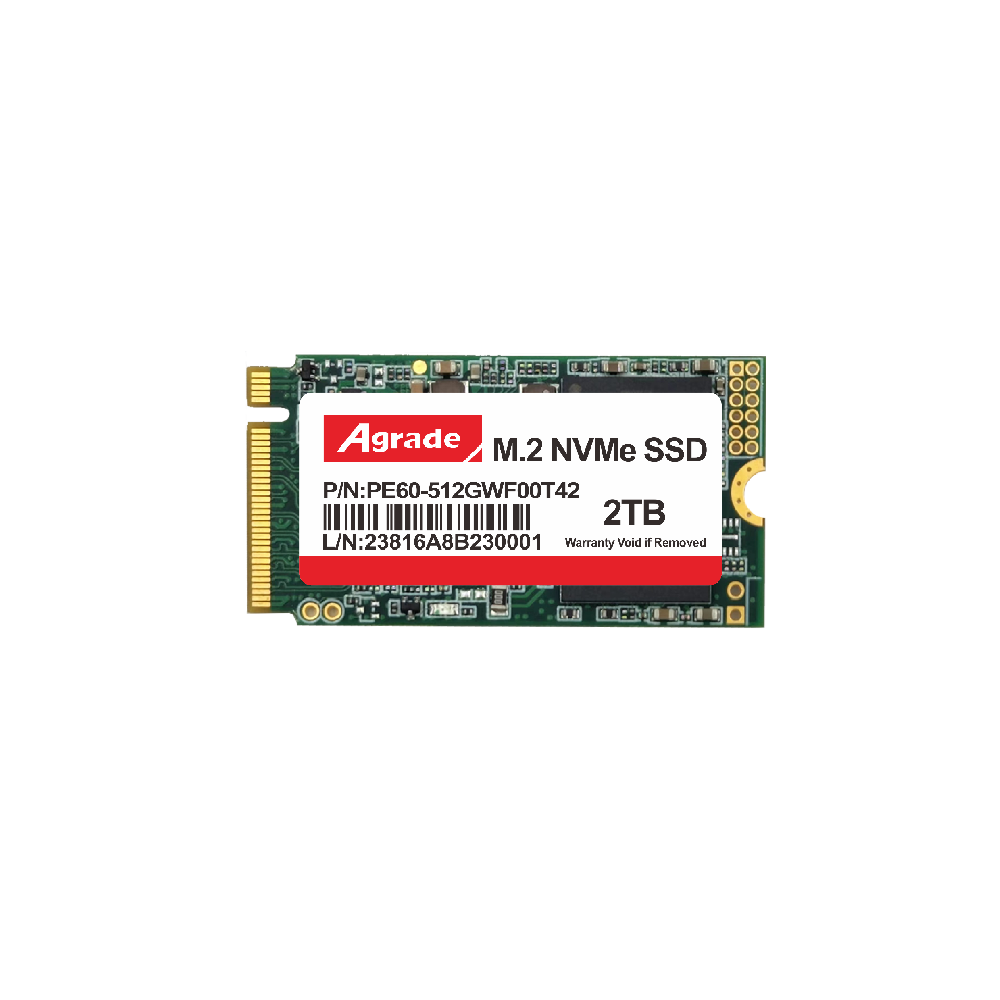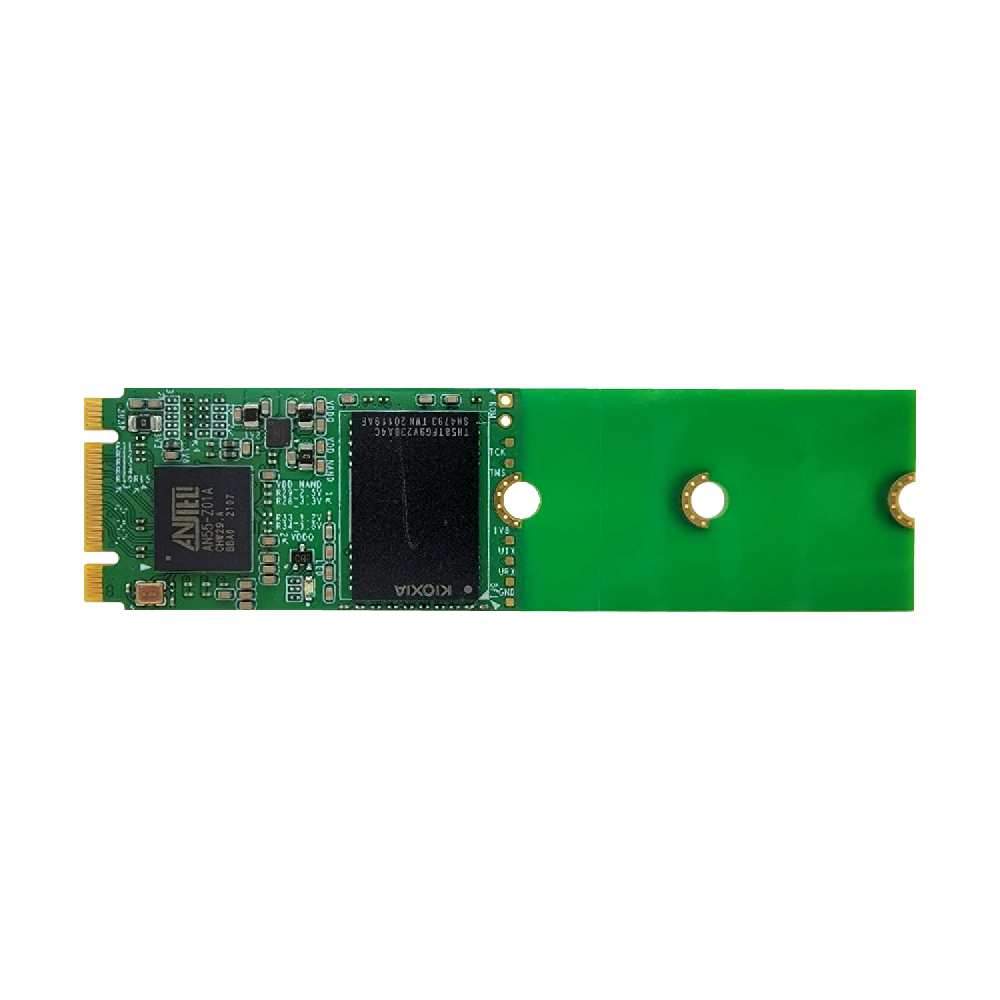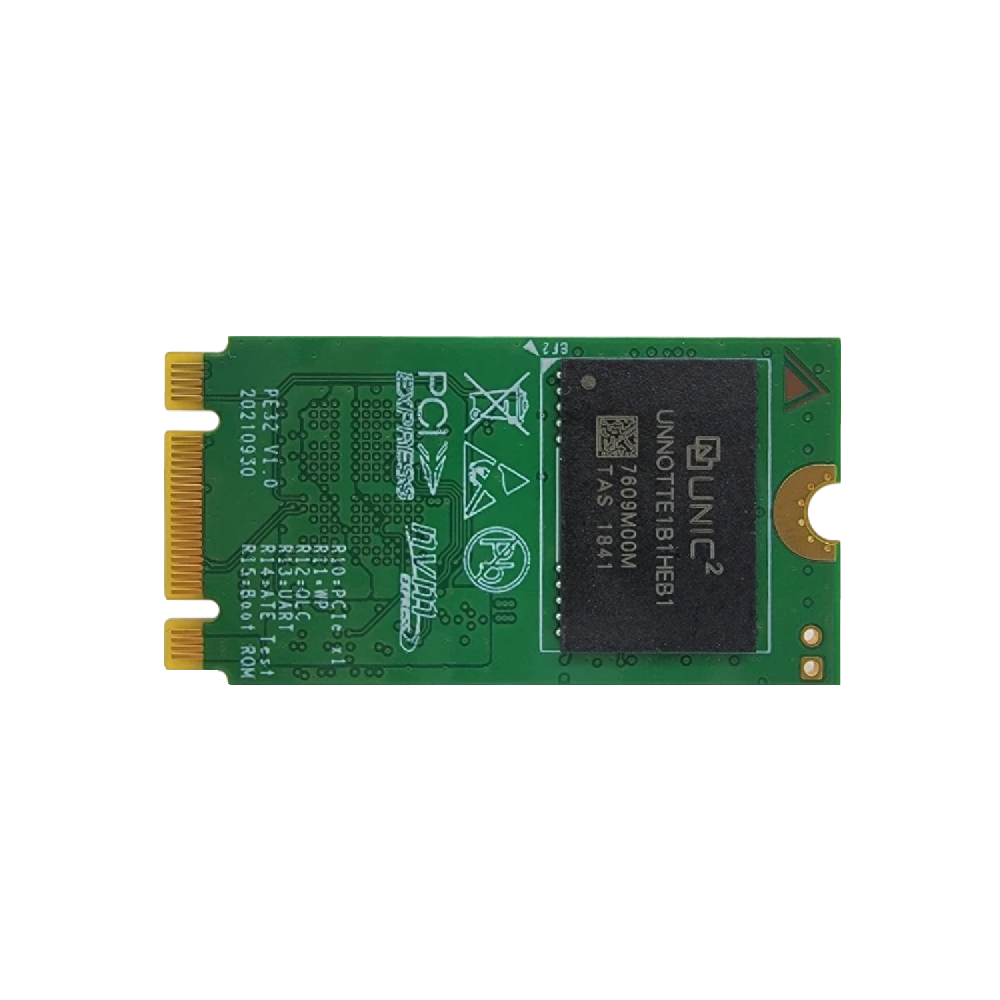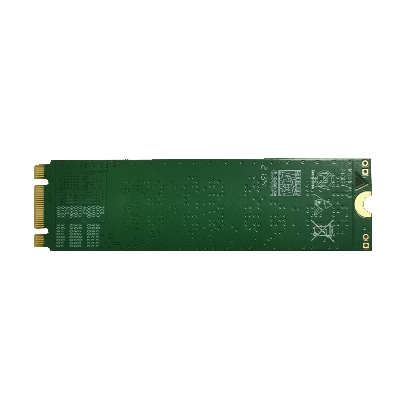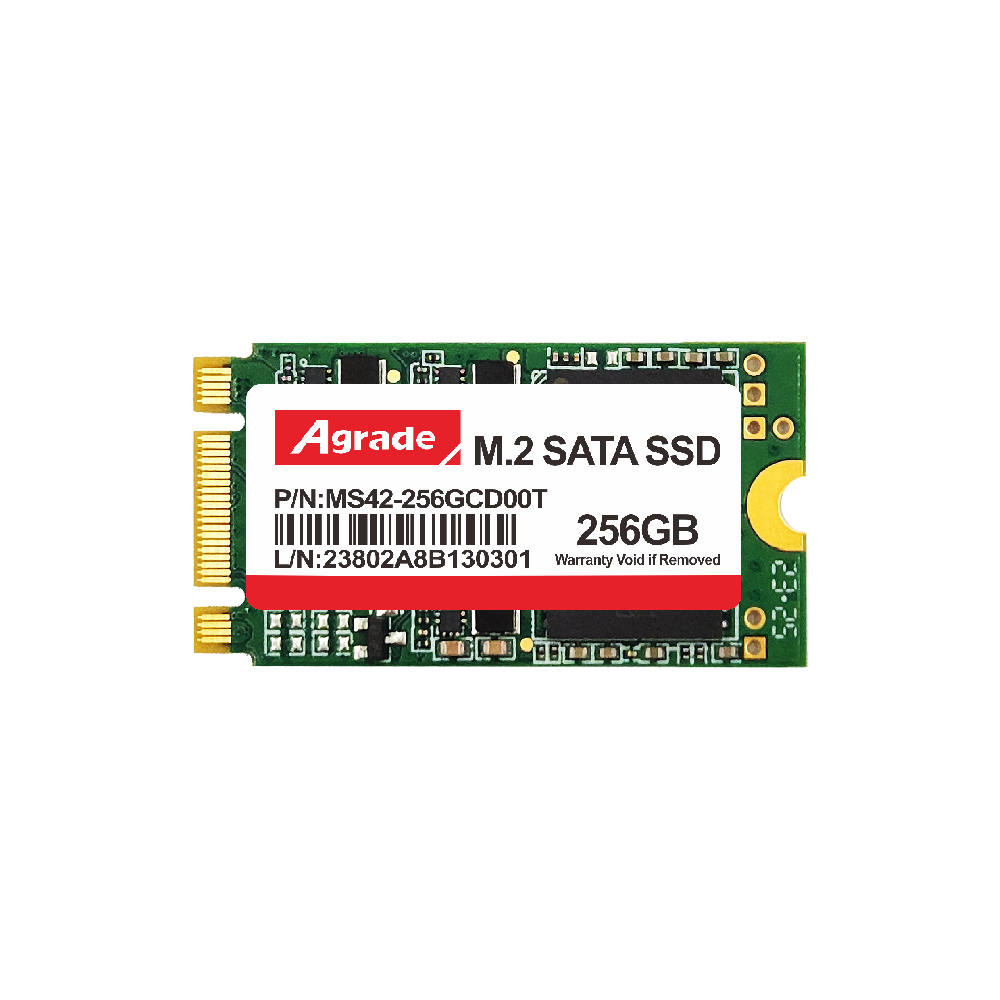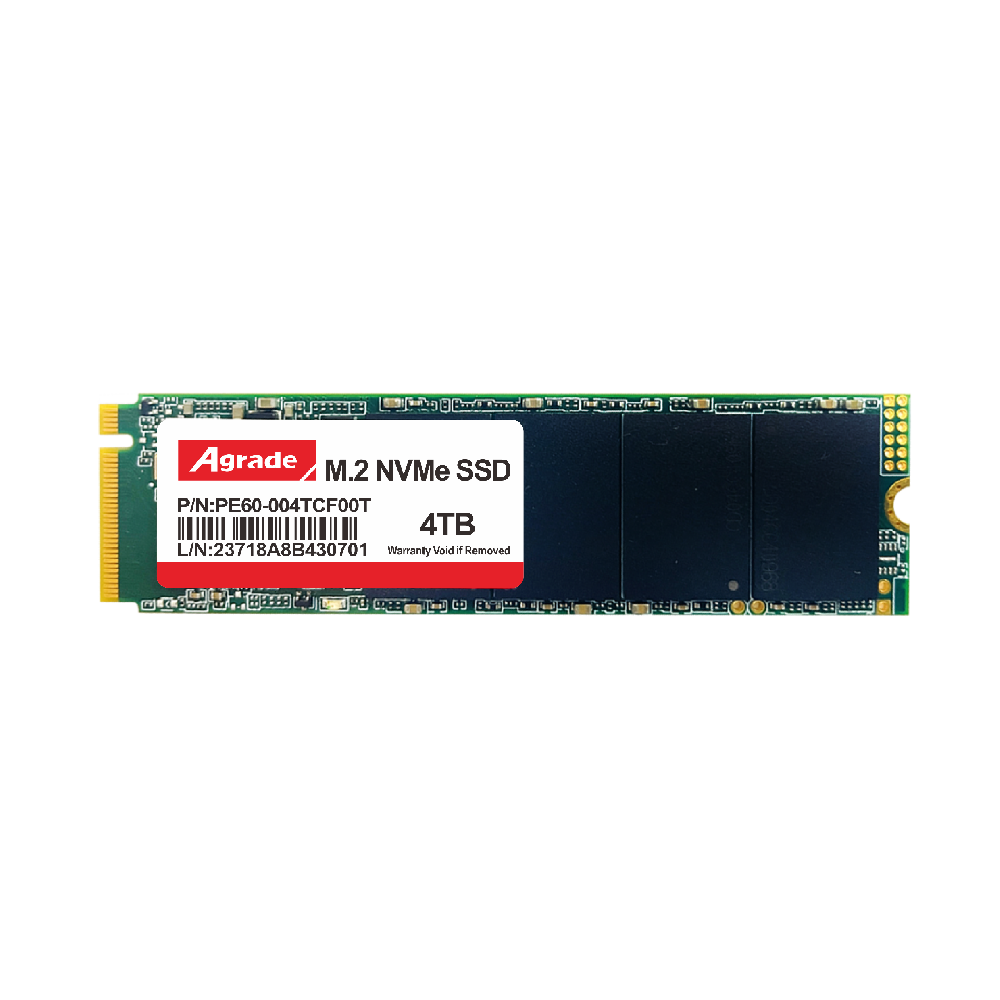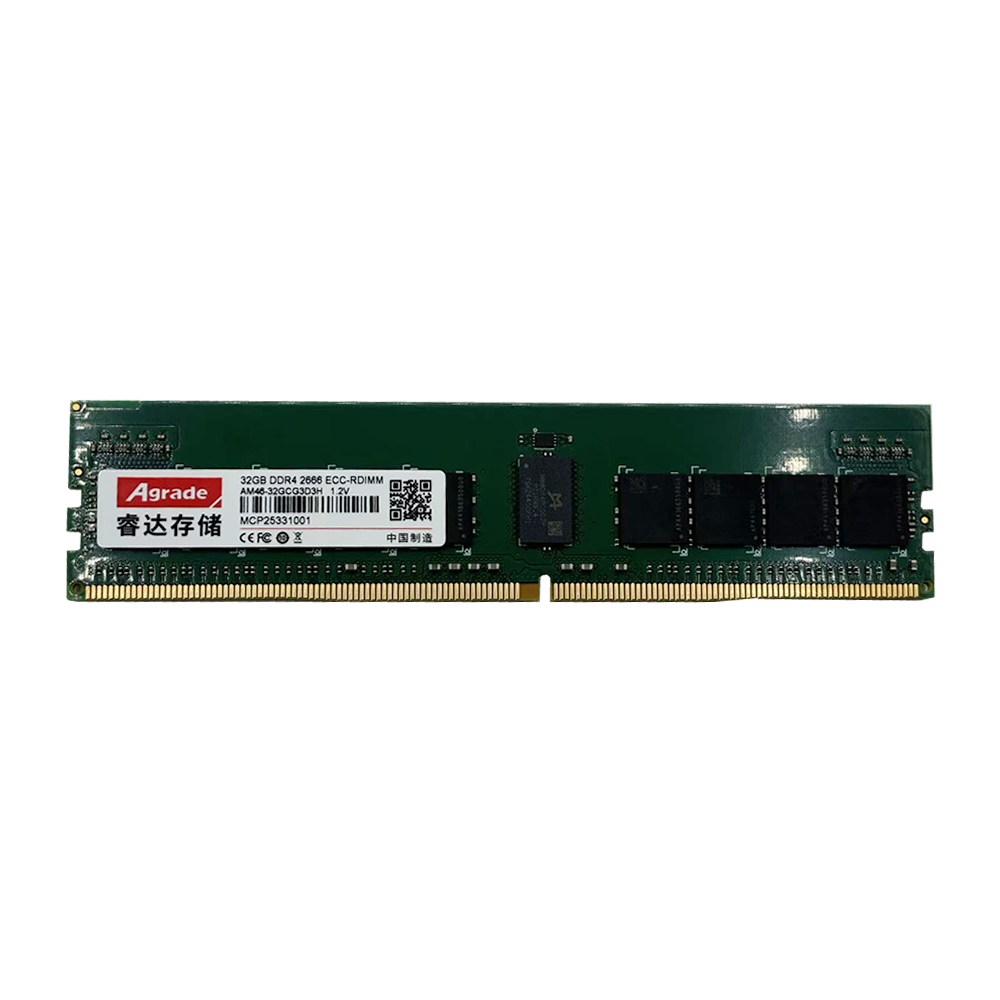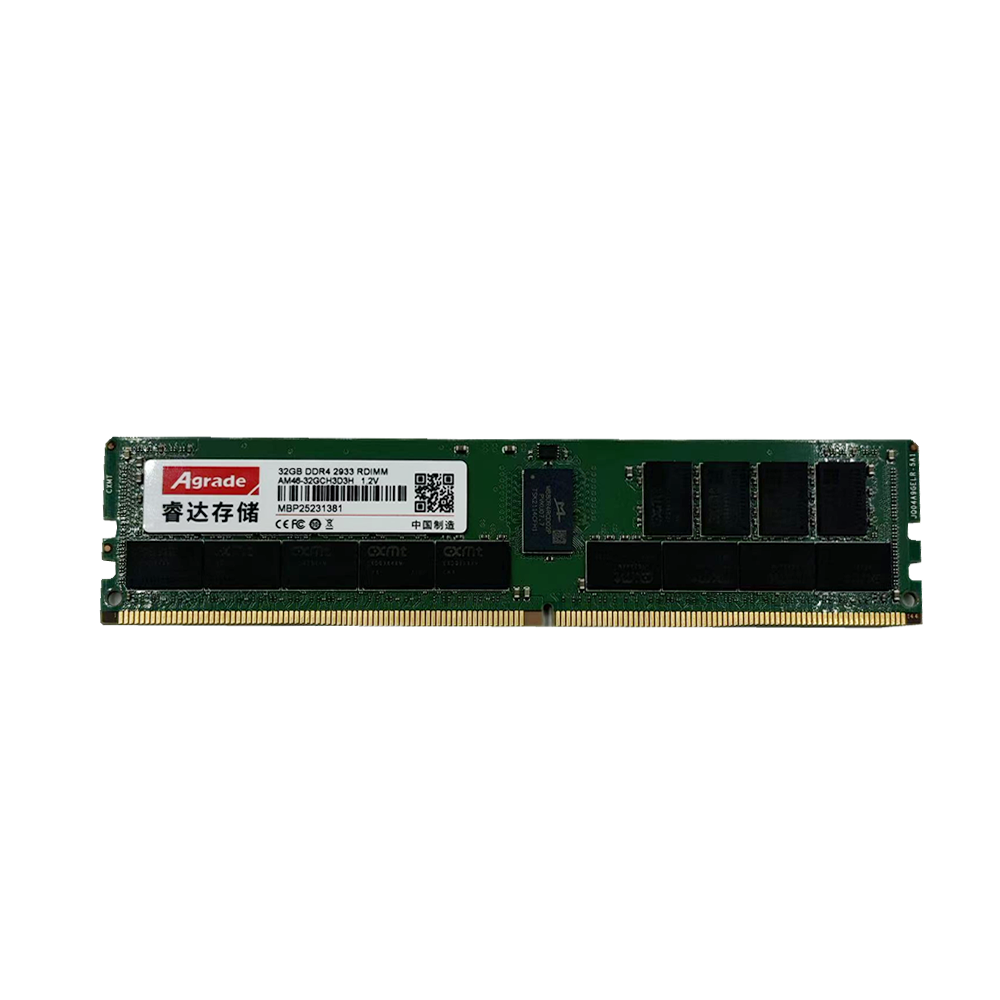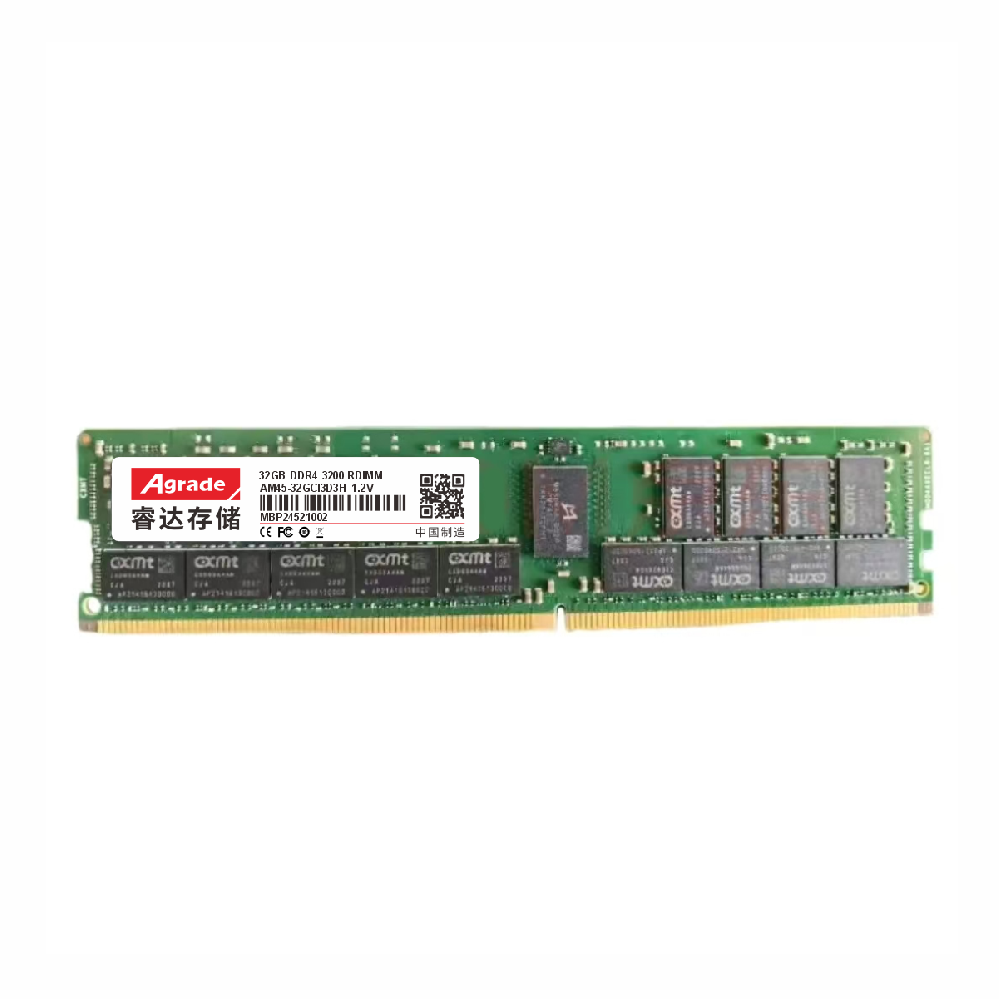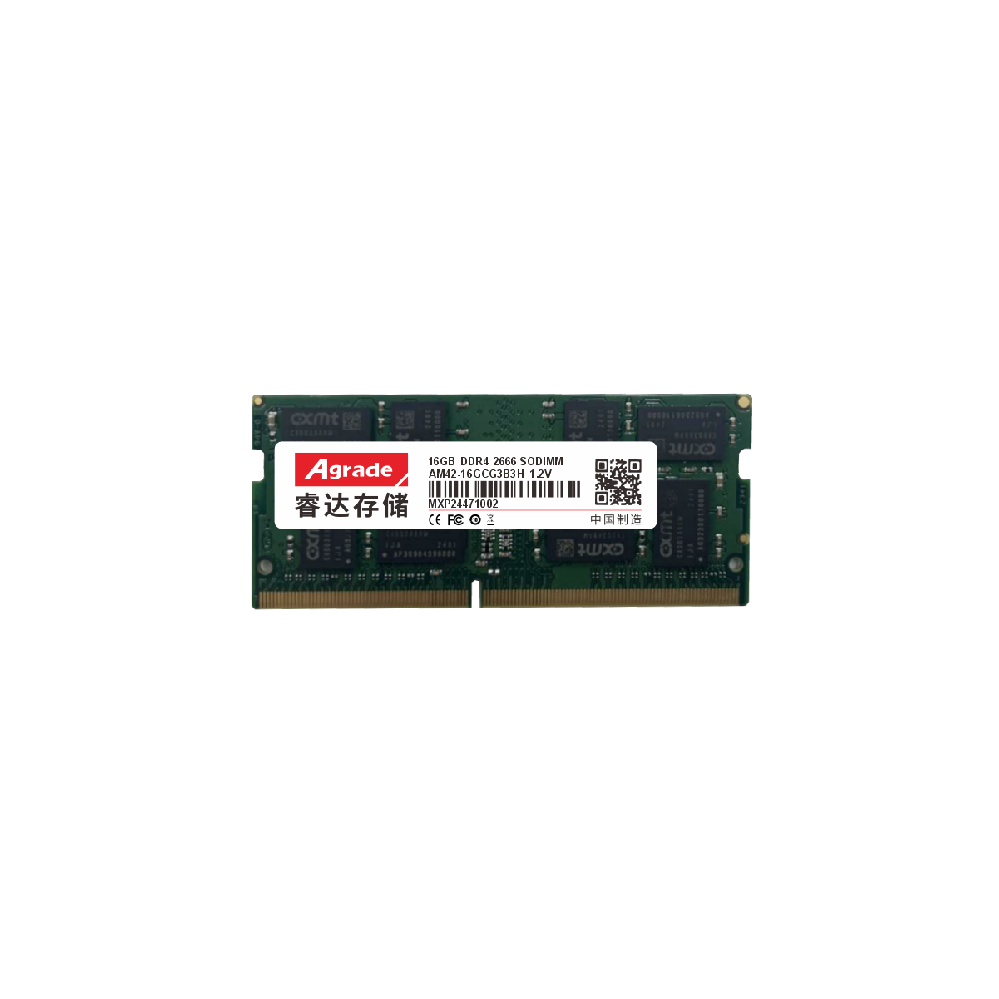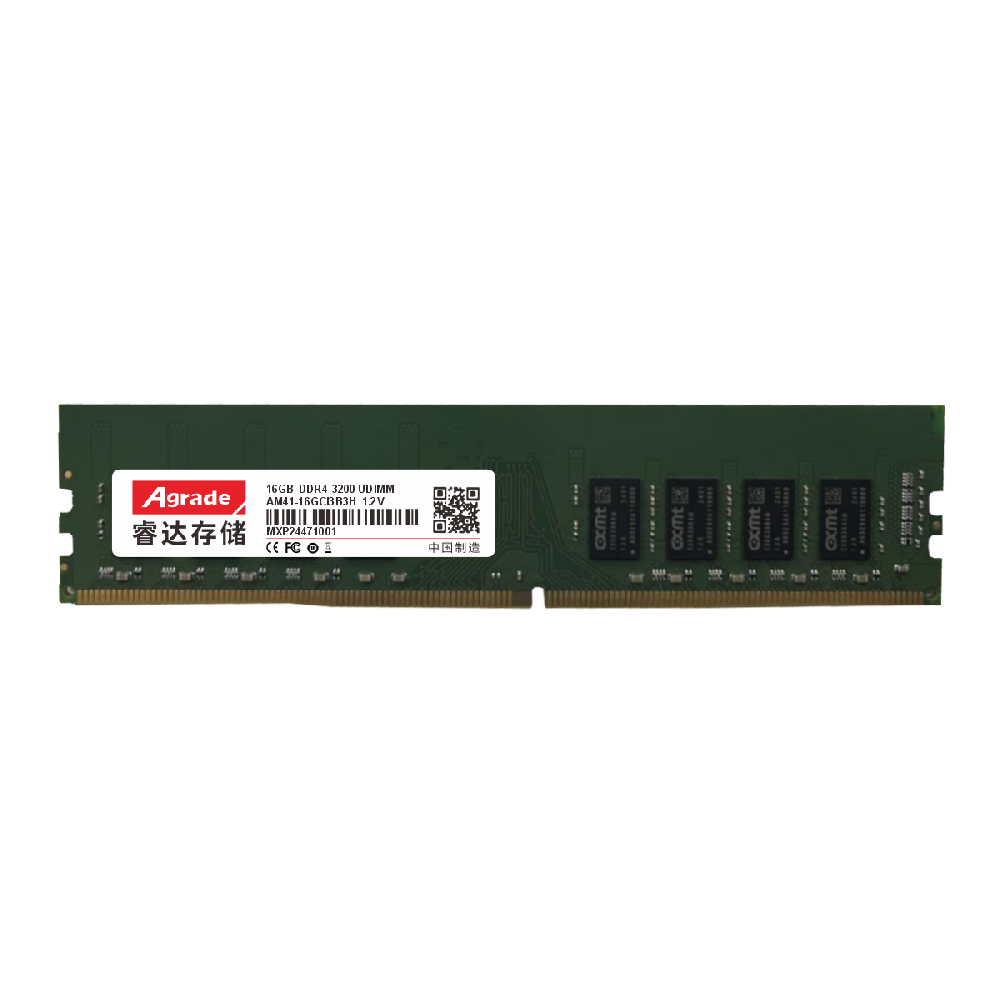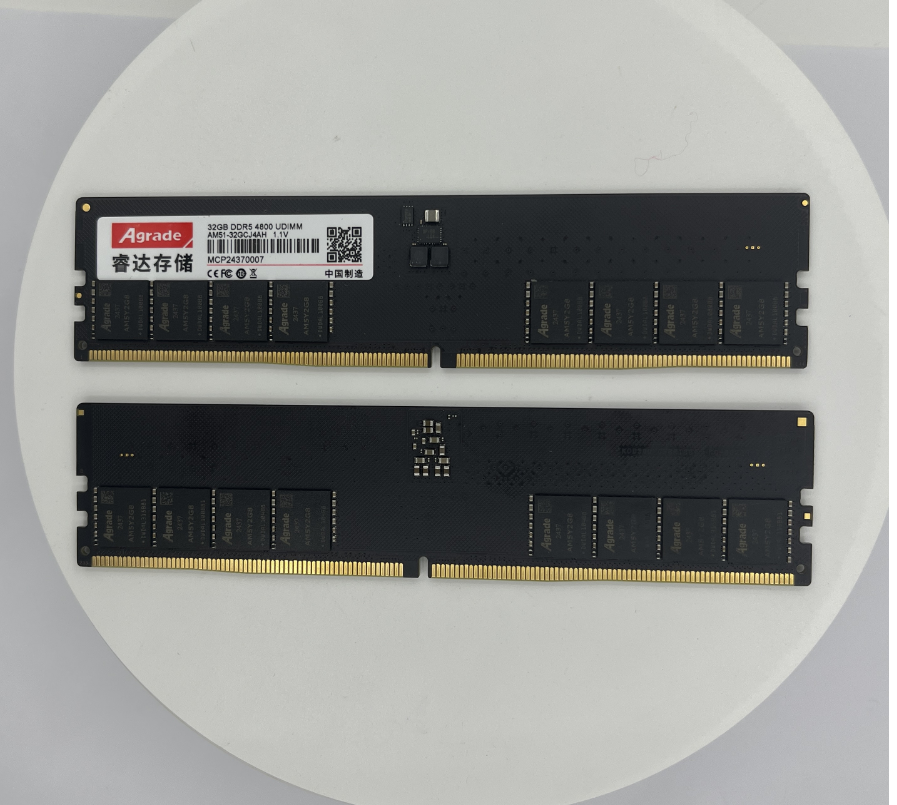

News
 电商部
电商部  2025-09-19 18:44:53
2025-09-19 18:44:53 M. Solid State Drives and SSDs: A Competition of Storage Technologies
In the era of pursuing efficient and fast data storage, M.2 solid-state drives and SSD solid-state drives are the two popular choices in the current market, each attracting consumers' attention with their unique charm. Today, we will delve into the differences between the two, analyzing them from multiple dimensions such as appearance, performance, characteristics, and advantages.
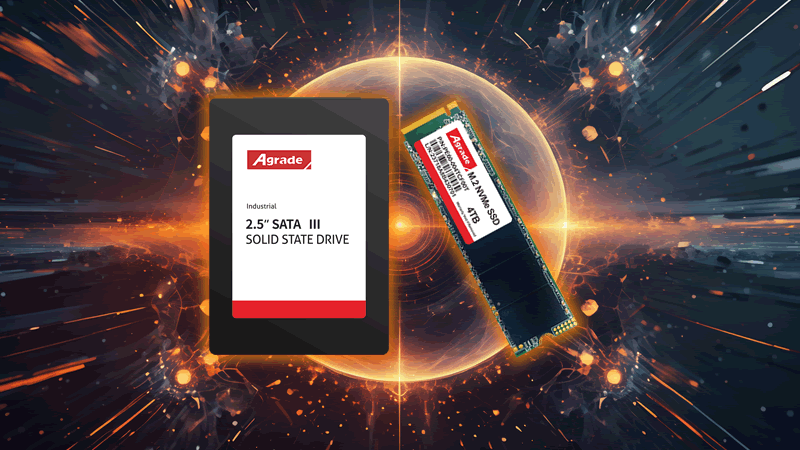
Appearance: Small and standard collision
M. Solid state drives are known for their compact and exquisite appearance, resembling a thin circuit board. It usually adopts M.2 interface, with various specifications in length and width, such as 2242, 2260, 2280, etc. It can be directly plugged into the M.2 slot on the motherboard without the need for additional data and power cables, greatly saving space inside the chassis. SSD solid state drives, on the other hand, often use 2.5-inch or 3.5-inch hard drive enclosures, which are similar in appearance to traditional mechanical hard drives (HDDs) and use SATA interfaces for data transfer. Although they are relatively large in size, they have stronger compatibility and are suitable for various computer configurations.
Performance Competition: The Match of Speed and Efficiency
In terms of performance, M.2 solid-state drives often provide read and write speeds far exceeding SSD solid-state drives with PCIe buses. Especially for M.2 solid-state drives that support NVMe protocol, their continuous read and write speeds can reach several kilobytes per second (MB/s), far exceeding the speed range of hundreds of megabytes per second (MB/s) of SATA SSDs. This enables M.2 solid-state drives to exhibit smoother and more efficient performance when processing large files and running high-performance applications.
Different characteristics: Balancing flexibility and compatibility
M. Solid state drives are more flexible in design, supporting not only SATA protocol but also PCIe protocol, and even some high-end models support PCI-E 4.0 standard, providing higher bandwidth and performance. Meanwhile, the compact size of M.2 solid-state drives has made them widely used in devices such as lightweight laptops and tablets, saving valuable internal space. SSD solid state drives are known for their wide compatibility, making them easy to adapt to desktops, laptops, and servers, and becoming the first choice for many users to upgrade their storage devices.
Summary of Advantages: Win win of Speed and Space
M. The advantages of solid-state drives are their ultra-high read and write speeds, low latency, and compact size, making them very suitable for users who have extremely high performance requirements, such as gamers, graphic designers, and video editors. SSD solid state drives, with their high cost-effectiveness, wide compatibility, and large storage capacity, have become an ideal choice for ordinary home users, office users, and server users who require large capacity storage.
In summary, M.2 solid-state drives and SSD solid-state drives each have their own advantages, and consumers should weigh their actual needs when choosing. If you pursue ultimate performance and speed, and your device supports M.2 interface, then M.2 solid-state drive is undoubtedly a wise choice; If you are more concerned about cost-effectiveness and compatibility, then SSD solid state drive is a more reliable choice.

